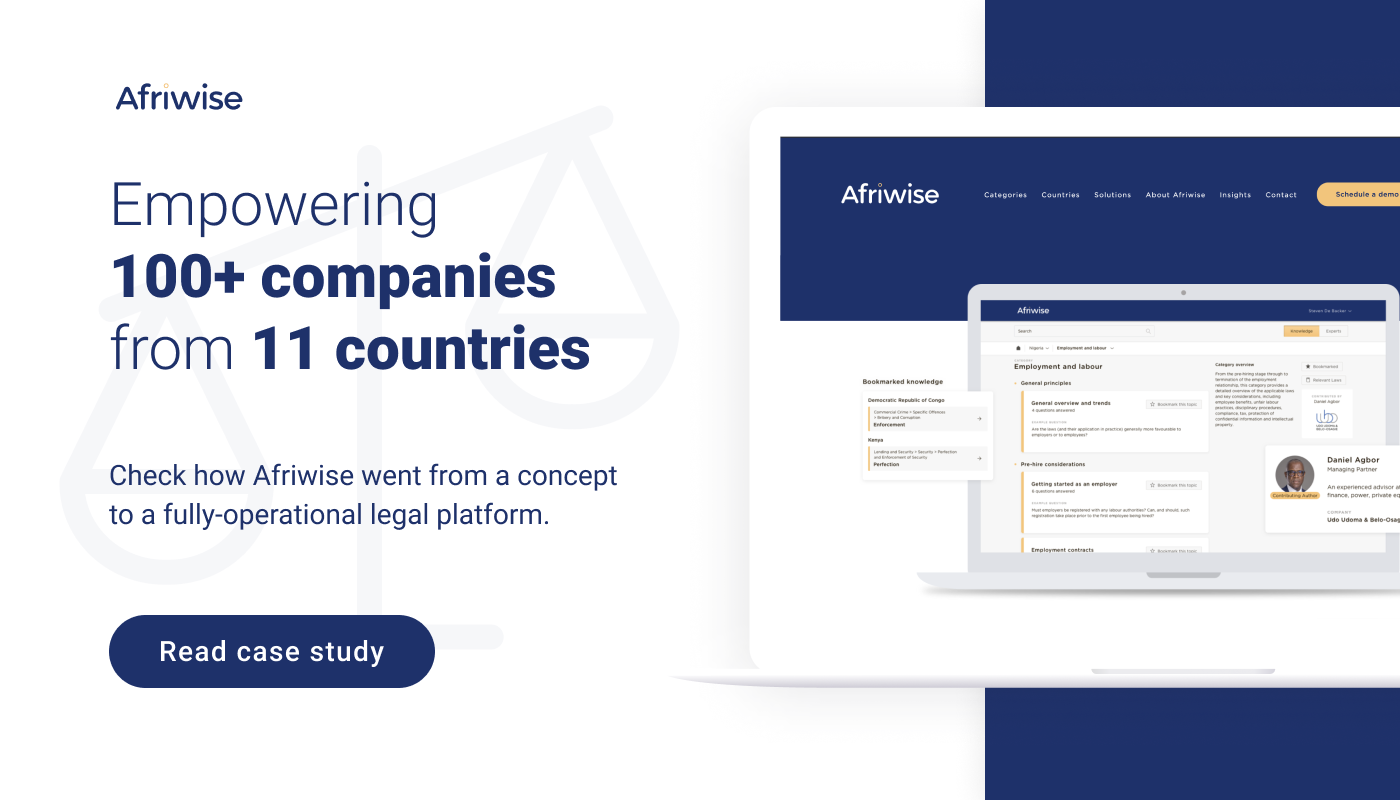The State of Vue.js Report 2025 is now available! Case studies, key trends and community insights.
Table of Contents
When you are about to wrap your unique business idea into a working app, it is incredibly tempting to go full steam ahead - to reach out for the sexiest technology alive, spice it up with custom-made features, and put it all within a shining and sparkling UI. Yet, it's rarely the best-case scenario if we do the math, isn't it? How to optimize the development cost to make the final product profitable? How to balance quality, cost, and time? We collected some advice from our team.
Why Development Cost Optimization Matters
The general rule of all sorts of optimization is relatively straightforward: getting more by spending less, which is simpler to implement in a sales pitch deck than in real-life business practice.
The ultimate goal of cost optimization is building the best, market-fit product and meeting the business expectations while spending the least resources and not sacrificing delivery time. Development cost optimization - on the one hand - must include reasonable cost-cutting, but - on the other - it can't give up on the ultimate goal - of maximizing value and sustainable business growth.
Properly optimizing development costs significantly reduces the means required to deliver products without compromising quality.
Traps to Avoid While Optimizing Cost of Development
1. Not agreeing on business priorities
It does not directly relate to the development process, but we find it a crucial kickstarter. The IT team must fully understand their project, learn who will be using it, and establish the critical success metrics to pick the best-of-breed technologies that will favor the business goals and set a reasonable deadline for delivery-specific milestones.
Alignment between tech and business should be defined before the development process starts while establishing the user persona or during the product design process. It enables you to set general cost frames at an early stage.
Mutual agreement on business priorities is a foundation of further successful cost optimization.
2. Keeping on reinventing the wheel
It is tempting, though. The developer community has extreme opinions about every programming language, framework, or tool, but it is almost impossible to find common ground. It is always "it depends." Thus, as every available tech stack has some "yes" and "no," there is a temptation to take things into one's own hands, develop a custom solution from scratch, and avoid any compromises. And yet, it is rarely a reasonable solution.
Of course, a customized solution may be the only way when the desired app has to "embrace" sophisticated, unique business logic and be built on top of the custom-made or legacy infrastructure. However, typically, reaching out for the state-of-the-art solutions already available on the market is much more reasonable in terms of costs. Moreover, many alternatives are available at different cost plans, taking off the burden of substantial initial investments. The expenses of SaaS or BaaS services can grow simultaneously with the business.
Also, in digitally advanced sectors such as eCommerce, healthcare, and automotive, most basic business problems were already solved. Many ready-to-use third-party services, such as data-driven search engines, payment gateways, and CMSs, can connect with core services via API. By choosing this way, the company's in-house team can focus on the most relevant aspects from the business perspective.
Get the most out of the existing state-of-the-art technologies and focus on making a business difference. Custom-made solutions take time and money.
3. Forgetting about Open Source
SaaS, BaaS, FaaS, and other ...-as-a-service tech solutions are convenient and provide you with a highly fast-time-to-value and well-balanced budget. However, reaching out to them is not always wise, as their convenience may come with some limitations in flexibility and extensibility.
While building a core service, it can be good to choose open source, especially since there are open-source technologies, low-level solutions such as Ruby on Rails or Python, or ReactJS that have robust libraries able to cover almost every business need, and high-level ones dedicated to delivering specific services. We've got CMSs such as WordPress or Drupal, e-commerce plugins - WooCommerce, ZenCart, or PrestaShop, ERPs like Odoo, ADempiere, OFBiz, and CRMs such as - for example - SugarCRM.
All of these solutions are not restricted by any vendor lock-in and - as such - can be extended freely, serving as a "foundation" for further customizations.
Use public wisdom. Open-source technologies will save you time and reduce time-to-value.
4. Not thinking about your technical debt
Dealing with legacy systems gives a headache. It makes further system extension, maintaining, and customizing difficult, jeopardizing the business growth. Thus, when your app's code base is outdated, the faster you start thinking of code refactoring, the better. Yet, it is tough and costly to make it at once as it would require deactivating the app for a while and building it from the ground. Not many (if any) companies can afford that, so they use a hybrid approach. What does it look like?
Developers break the refactoring process into several stages, pinpointing the core services that have the most significant impact, e.g., for performance or UX, that need to be rewritten first and the ones that can wait. This granular approach - besides business-wise - is also secure as the risk of collapsing the whole platform is minimized.
Yet, it requires some tech maturity, as breaking the system into multiple microservices requires building a net of APIs. They serve as a bloodstream enabling particular components "talk" with each other, exchanging data and requests.
Migrate to a new tech stack in stages, not all at once. Dividing the process will allow you to avoid mistakes and spread your investments over time
5. Not choosing the right tech stack that suits your project
Regardless of never-ending debates about whether technology X is better than Y, choosing the best tech stack is a cornerstone for further product development. The choice we make at the beginning will have long-term repercussions, and it is necessary to be aware of them. It cannot be random or dictated by "likes" or "dislikes''.
Before you make the final call, your tech team has to find common ground with business people. Developers must understand the business goals of the products, and managers understand the costs and limits considered technologies.
For example, if you are going to develop a mobile app, in most cases, you can successfully go with React Native instead of choosing native mobile technologies. It will come with some technical drawbacks, but ultimately you will save both money and time.
Of course, sometimes it is hard to make the right call as it requires in-depth technical knowledge. Thus, if your team is not equipped to make these initial decisions, you can seek the wisdom of consultants who explain the pros and cons of any solution. Even though it takes some time, as technical scanning documentation is not enough, a thorough due diligence process will ultimately lead to further savings.
Take time to choose future-proof flexible technologies. Replatforming will be costly and time-consuming.
6. Teaming up with an unreliable IT partner
IT outsourcing is a legit way to boost growth, but getting a trustworthy partner is still quite a challenge, mainly since research shouldn't be limited to scanning websites and Clutch testimonials. To find a partner that will suit you, you need to check its portfolio and learn more about its previous accomplishments and specific areas of expertise.
Then, talk with it in person to set up the so-called cultural fit. It is by no means an HR jabber. Having a clear, well-organized workflow and process is crucial in planning a development process and its further optimization as - we all know it - time is money, and devs' time is costly. Try to make the most of it, and team up only with quality partners who will share your goals.
Don't save on IT outsourcing quality; it will backfire on you sooner or later.
7. Not testing your project with an MVP
MVP, which stands for Minimum Viable Product, is the easiest and most reliable test run for your idea. By building an MVP - at its most initial shape, with a clear focus - you can learn whether its core functionality holds up. An MVP, by no means, can be considered a waste of budget. On the contrary, it can save you money by allowing you to separate good ideas from bad ones and focus on the former from the very beginning.
Also, if your idea goes through the fire trial and meets your expectations, you will, it can be expanded with additional features and release, cutting time to market.
How to create a great MVP following a strict budget? The thesis hidden in the header might be surprising, given that we previously said that saving on code quality may backfire on you. And yet, the MVP is a different story. Building it, you are not compromising. As it is aimed to be extended, it must be stellar. The only compromise you have to make is business-oriented. The MVP should consist of crucial components of your app, with no fireworks; as such, it will serve you as the real check.

Afriwise MVP: How to create a great MVP following a strict budget
Monterail already proves that it is possible by delivering the Afriwise MVP. This is an award-winning web platform focused on the African legal sector with the ultimate goal of providing simple and affordable access to legal information. Monterail devs conducted a workshop, where the design and scope were aligned with budget limitations. Then, they delivered MVP built from scratch with Ruby on Rails for the backend and Vue.js for the frontend.
Monterail's MVP proved the business concept was correct. Since then, Afriwise has grown, updated, and maintained over the last three years. Significant features are still being introduced.

Development Cost Optimization Mistakes: a Summary
Cost optimization requires weighing cost against quality and time. Sure, by getting cheap software, you will buy yourself an easier time during budget meetings in a bundle, but it will be a one-time shine. When your C-levels grasp that the product you've just launched is poor in terms of UX and nobody buys it or - on the contrary - you nailed the UX design but fell short with code quality and have an unscalable mammoth in your hands, you will not get applause.
Smart managers understand that - essentially - you get what you paid for, and there are products and services where low prices should be a red flag. Besides dental services or food for babies, product development is among them. High-quality software is easier to maintain and scale over time as business and client needs evolve, which means the initial investments lead to savings later on. As your products can keep up with the ever-changing client behaviors, you can make money on meeting them in the long run.
Cost optimization is about finding the right costs to cut. So choose them wisely.
:quality(90))
:quality(90))